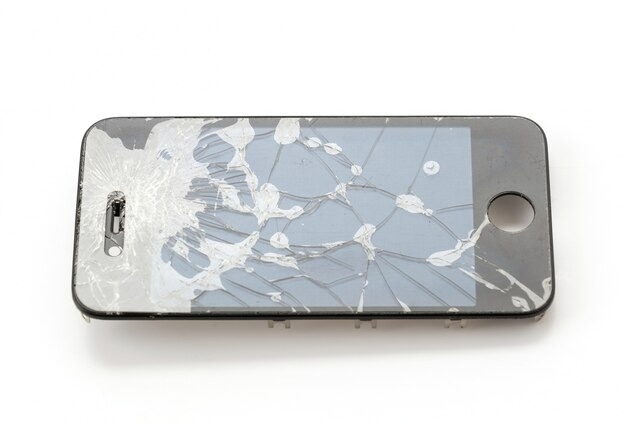Expert Guide | Mobile Screen Protection Compared
Smartphone screens are one of the most vulnerable parts of any device. With increasing investments in high-resolution displays, choosing between tempered glass and Gorilla Glass is a common concern. Both offer protection, but they serve different purposes. This guide compares them in detail to help you make the right decision.
What is Tempered Glass?
Tempered glass is a separate protective layer designed to shield your phone’s original screen. It is manufactured by heating and rapidly cooling glass to make it stronger than standard glass.
Key Benefits of Tempered Glass:
-
Scratch resistance from everyday objects like keys and coins
-
Affordable and widely available
-
Can be replaced easily if cracked
-
Options include privacy glass, matte glass, and full-coverage designs
Limitation: It is an add-on, which means it may add slight thickness to your display.
What is Gorilla Glass?
Gorilla Glass, developed by Corning, is a built-in display glass integrated into many smartphones. It is created through an ion-exchange process, making it resistant to scratches and cracks.
Key Benefits of Gorilla Glass:
-
Lightweight and thin without extra layers
-
Strong resistance to scratches
-
Provides clarity and high touch sensitivity
-
Found in most premium smartphones (Apple, Samsung, OnePlus, Xiaomi)
Limitation: Once Gorilla Glass cracks, the repair cost can be very high, as it involves replacing the entire display.

Tempered Glass vs. Gorilla Glass: Detailed Comparison
1. Durability
-
Gorilla Glass: Highly durable, but once damaged, replacement is costly.
-
Tempered Glass: Absorbs impact and sacrifices itself to save the original screen.
2. Cost
-
Gorilla Glass: Comes pre-installed; replacement is expensive.
-
Tempered Glass: Low-cost, replaceable accessory.
3. Functionality
-
Gorilla Glass: Delivers a natural, seamless feel.
-
Tempered Glass: Offers specialized features like privacy filters, anti-glare coating, and matte finishes.
4. Protection Against Drops
-
Gorilla Glass: Provides strong resistance but is not unbreakable.
-
Tempered Glass: Adds an extra shield, reducing the chance of display damage.
Which is Better: Tempered Glass or Gorilla Glass?
The answer depends on usage style and budget.
-
If you rely on your phone daily and want maximum safety, the best choice is a combination of both. Gorilla Glass offers built-in durability, while tempered glass adds an extra layer of drop and scratch protection.
-
If your phone already has Gorilla Glass, adding tempered glass ensures cost-effective protection against unexpected accidents.
-
For users who want ultra-smooth visuals without extra thickness, Gorilla Glass alone may be enough, but it carries higher risk in case of breakage.
How to Protect Your Phone Screen Effectively
-
Always apply tempered glass even if your phone has Gorilla Glass.
-
Choose 9H hardness tempered glass with an oleophobic coating.
-
Use a shock-absorbing case for edge and corner protection.
-
Replace cracked tempered glass immediately to prevent scratches on the original display.
FAQs on Tempered Glass vs. Gorilla Glass
Q1: Can I use tempered glass on Gorilla Glass?
Yes, and it is recommended. Tempered glass acts as a sacrificial layer, keeping Gorilla Glass safe from direct damage.
Q2: Does Gorilla Glass make tempered glass unnecessary?
Not entirely. Gorilla Glass is durable, but tempered glass provides additional drop protection at a lower replacement cost.
Q3: Which one protects better from drops?
Tempered glass absorbs impact more effectively, while Gorilla Glass resists scratches. Together, they provide the best protection.
Final Verdict
If you want the best protection for your smartphone, the winning combination is Gorilla Glass + Tempered Glass. Gorilla Glass ensures a durable built-in display, while tempered glass provides an affordable shield against everyday accidents.